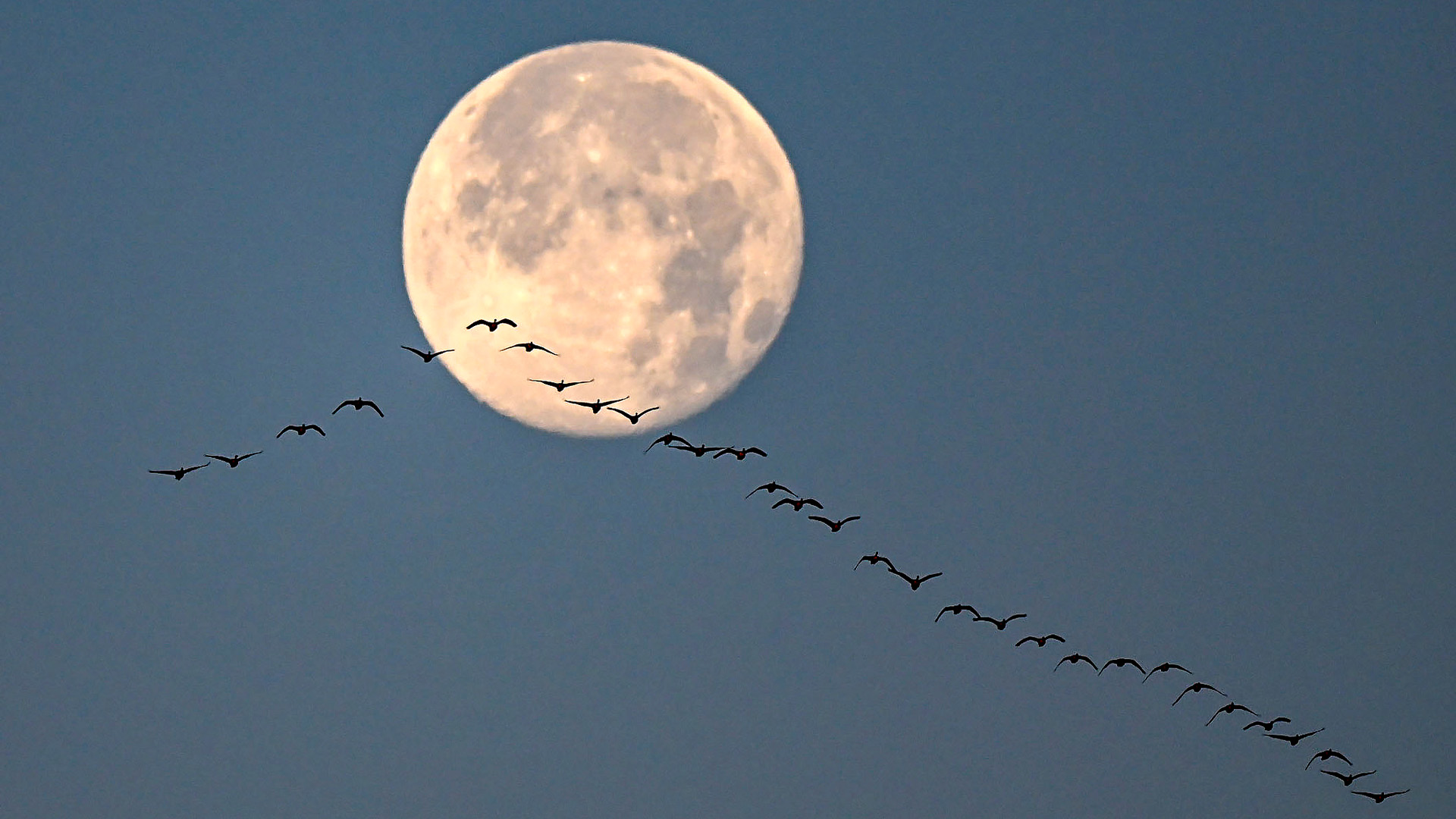Cold Moon 2023: The final full moon of the year rises this Christmas
The Cold Moon — the 13th and final full moon of 2023 — will rise on Dec. 26 and reach higher in the night sky than any other. It will also appear full on Dec. 25 and 27.

The final full moon of 2023 — and the first full moon of winter — will rise this Christmas when the Cold Moon ascends.
Officially full at 7:34 p.m. EST on Tuesday (Dec. 26), the full moon will be best seen rising in the east later that day at the time of moonrise where you are. It will be in the constellation Gemini.
The moon will also appear bright and full the day before and after, rising during dusk for three successive evenings from Dec. 25 to the 27th. That's ideal timing for anyone looking to try out a new pair of binoculars or a small beginner telescope this holiday season.
The Cold Moon will be the first full moon since the Northern Hemisphere's winter solstice on Dec. 22. It will be opposite the sun in the sky, but this month, it will also mirror the sun's path through the sky. So while the sun is currently at its lowest in the Northern Hemisphere's daytime sky, the full moon is at its highest.
On the night of the full moon and the night before — Christmas Day — our natural satellite will shine roughly between two bright stars in the east: Capella in the constellation Auriga, above left, and the ever-exciting star Betelgeuse in the constellation Orion, below right.
The December full moon's popular name, the Cold Moon, is a Mohawk name, according to the Old Farmer's Almanac. Other names include the Long Night Moon (a reference to the solstice — the longest night of the year), Drift Clearing Moon, Hoar Frost Moon, Snow Moon and Winter Maker Moon.
The next full moon will occur on Jan. 25; the Wolf Moon will be the first of 12 full moons in 2024.
Sign up for the Live Science daily newsletter now
Get the world’s most fascinating discoveries delivered straight to your inbox.

Jamie Carter is a freelance journalist and regular Live Science contributor based in Cardiff, U.K. He is the author of A Stargazing Program For Beginners and lectures on astronomy and the natural world. Jamie regularly writes for Space.com, TechRadar.com, Forbes Science, BBC Wildlife magazine and Scientific American, and many others. He edits WhenIsTheNextEclipse.com.









